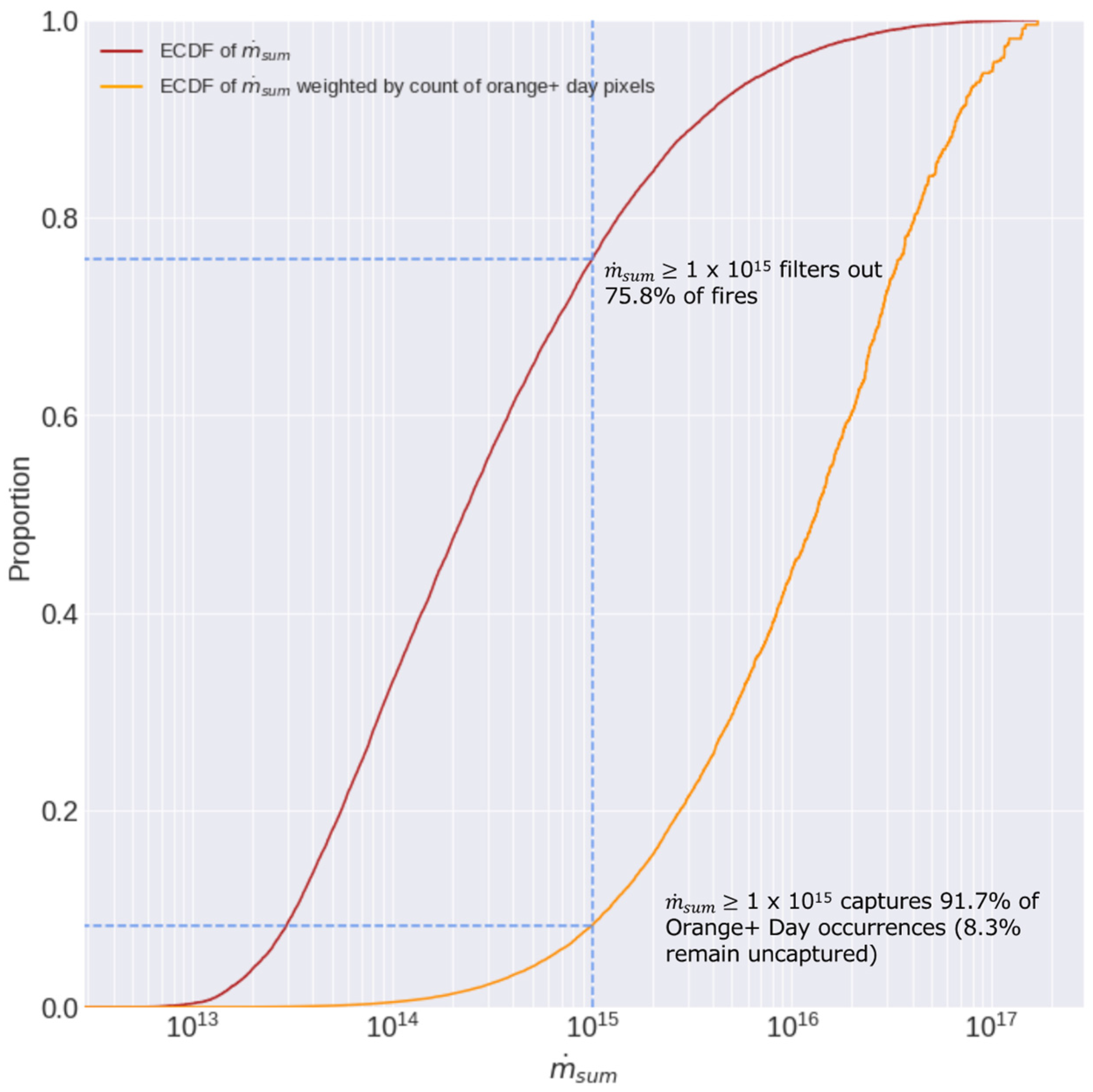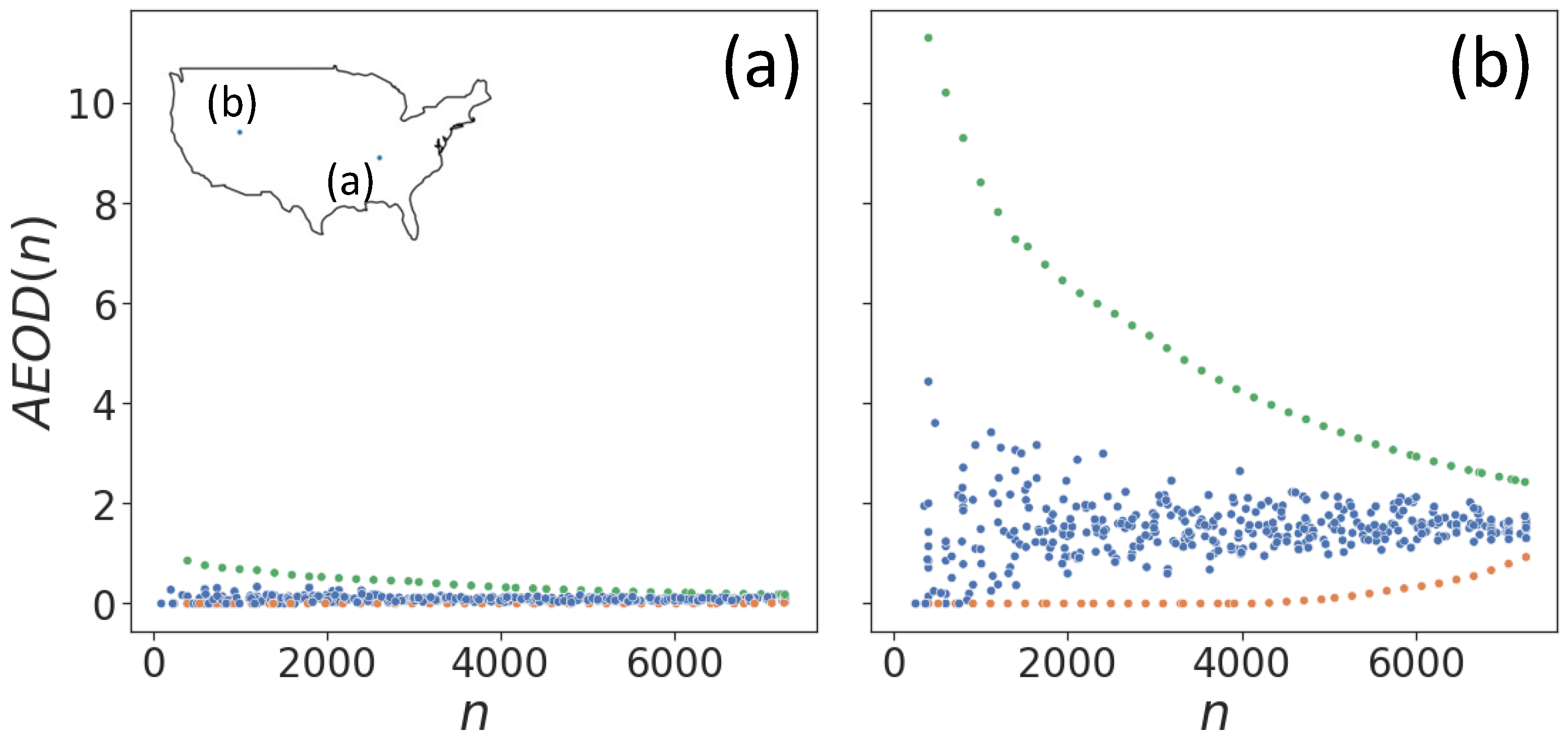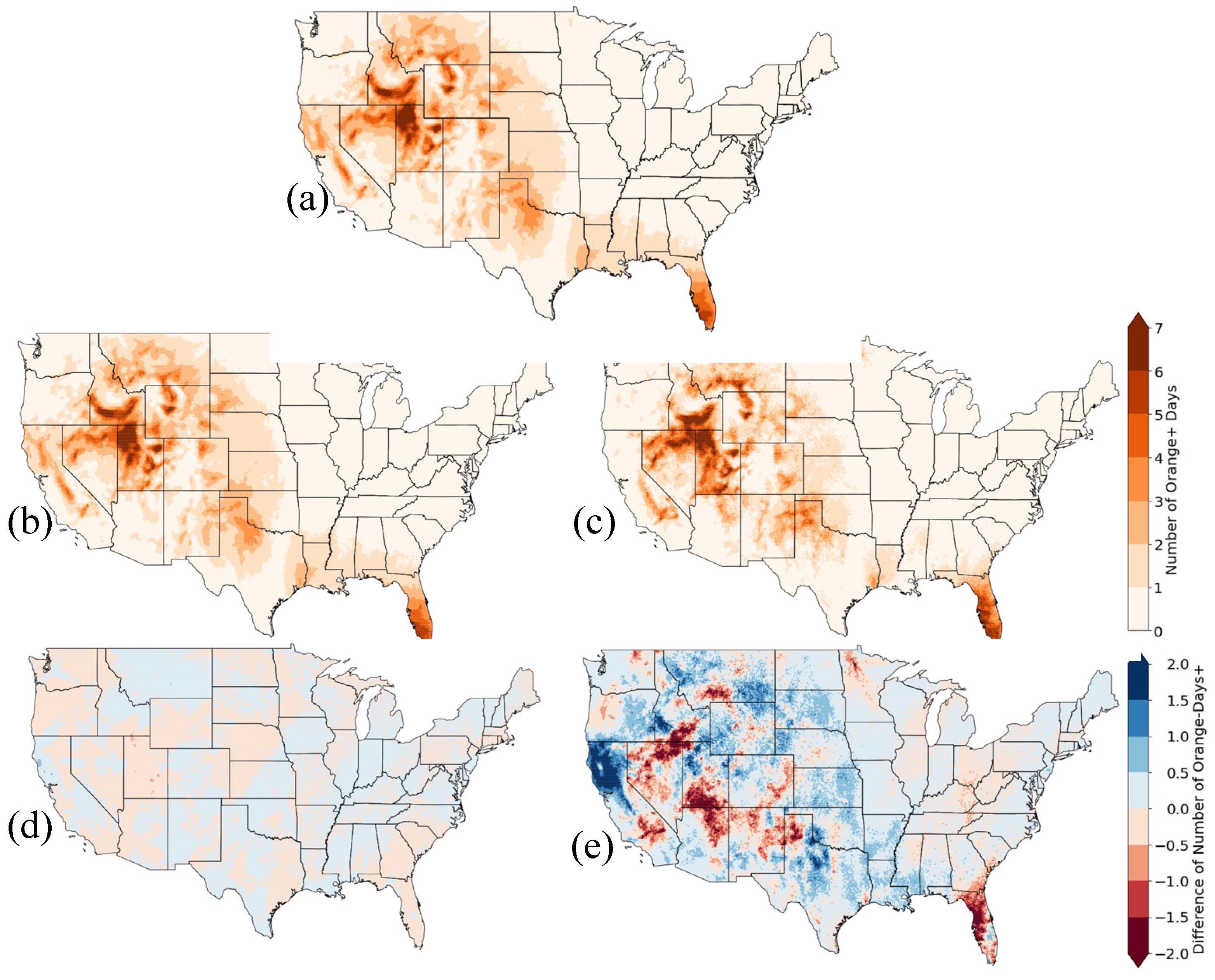A Coupled Wildfire-Emission and Dispersion Framework for Probabilistic PM2.5 Estimation
Abstract
:1. Introduction
2. Materials and Methods
2.1. First Street Foundation Wildfire Model
2.2. Wildfire Smoke Emissions Output from FSF-WFM
2.3. HYSPLIT Runtime Configurations
2.4. HYSPLIT Emissions Input
2.5. Metrics and Sampling Methods
3. Results
4. Conclusions
Author Contributions
Funding
Institutional Review Board Statement
Informed Consent Statement
Data Availability Statement
Conflicts of Interest
References
- Urbanski, S.P.; Hao, W.M.; Nordgren, B. The Wildland Fire Emission Inventory: Western United States Emission Estimates and an Evaluation of Uncertainty. Atmos. Chem. Phys. 2011, 11, 12973–13000. [Google Scholar] [CrossRef]
- Brown, T.J.; Hall, B.L.; Westerling, A.L. The Impact of Twenty-First Century Climate Change on Wildland Fire Danger in the Western United States: An Applications Perspective. Clim. Chang. 2004, 62, 365–388. [Google Scholar] [CrossRef]
- Westerling, A.L.; Bryant, B.P. Climate Change and Wildfire in California. Clim. Chang. 2008, 87, 231–249. [Google Scholar] [CrossRef]
- Xie, Y.; Lin, M.; Horowitz, L.W. Summer PM 2.5 Pollution Extremes Caused by Wildfires over the Western United States during 2017–2018. Geophys. Res. Lett. 2020, 47, e2020GL089429. [Google Scholar] [CrossRef]
- Dreessen, J.; Sullivan, J.; Delgado, R. Observations and Impacts of Transported Canadian Wildfire Smoke on Ozone and Aerosol Air Quality in the Maryland Region on June 9–12, 2015. J. Air Waste Manag. Assoc. 2016, 66, 842–862. [Google Scholar] [CrossRef]
- Shrestha, B.; Brotzge, J.A.; Wang, J. Observations and Impacts of Long-Range Transported Wildfire Smoke on Air Quality Across New York State During July 2021. Geophys. Res. Lett. 2022, 49, e2022GL100216. [Google Scholar] [CrossRef]
- Landrigan, P.J.; Fuller, R.; Acosta, N.J.R.; Adeyi, O.; Arnold, R.; Basu, N.; Baldé, A.B.; Bertollini, R.; Bose-O’Reilly, S.; Boufford, J.I.; et al. The Lancet Commission on Pollution and Health. Lancet 2018, 391, 462–512. [Google Scholar] [CrossRef]
- Jacob, D.J.; Winner, D.A. Effect of Climate Change on Air Quality. Atmos. Environ. 2009, 43, 51–63. [Google Scholar] [CrossRef]
- Pienkosz, B.D.; Saari, R.K.; Monier, E.; Garcia-Menendez, F. Natural Variability in Projections of Climate Change Impacts on Fine Particulate Matter Pollution. Earth’s Future 2019, 7, 762–770. [Google Scholar] [CrossRef]
- Karanasiou, A.; Alastuey, A.; Amato, F.; Renzi, M.; Stafoggia, M.; Tobias, A.; Reche, C.; Forastiere, F.; Gumy, S.; Mudu, P.; et al. Short-Term Health Effects from Outdoor Exposure to Biomass Burning Emissions: A Review. Sci. Total Environ. 2021, 781, 146739. [Google Scholar] [CrossRef]
- Reid, C.E.; Maestas, M.M. Wildfire Smoke Exposure under Climate Change: Impact on Respiratory Health of Affected Communities. Curr. Opin. Pulm. Med. 2019, 25, 179–187. [Google Scholar] [CrossRef] [PubMed]
- Schwartz, J.; Laden, F.; Zanobetti, A. The Concentration-Response Relation between PM(2.5) and Daily Deaths. Environ. Health Perspect. 2002, 110, 1025–1029. [Google Scholar] [CrossRef] [PubMed]
- Ford, B.; Val Martin, M.; Zelasky, S.E.; Fischer, E.V.; Anenberg, S.C.; Heald, C.L.; Pierce, J.R. Future Fire Impacts on Smoke Concentrations, Visibility, and Health in the Contiguous United States. GeoHealth 2018, 2, 229–247. [Google Scholar] [CrossRef]
- Liu, Y.; Liu, Y.; Fu, J.; Yang, C.-E.; Dong, X.; Tian, H.; Tao, B.; Yang, J.; Wang, Y.; Zou, Y.; et al. Projection of Future Wildfire Emissions in Western USA under Climate Change: Contributions from Changes in Wildfire, Fuel Loading and Fuel Moisture. Int. J. Wildland Fire 2021, 31, 1–13. [Google Scholar] [CrossRef]
- Spracklen, D.V.; Mickley, L.J.; Logan, J.A.; Hudman, R.C.; Yevich, R.; Flannigan, M.D.; Westerling, A.L. Impacts of Climate Change from 2000 to 2050 on Wildfire Activity and Carbonaceous Aerosol Concentrations in the Western United States. J. Geophys. Res. 2009, 114, D20301. [Google Scholar] [CrossRef]
- Yue, X.; Mickley, L.J.; Logan, J.A.; Kaplan, J.O. Ensemble Projections of Wildfire Activity and Carbonaceous Aerosol Concentrations over the Western United States in the Mid-21st Century. Atmos. Environ. 2013, 77, 767–780. [Google Scholar] [CrossRef] [PubMed]
- Kearns, E.J.; Saah, D.; Levine, C.R.; Lautenberger, C.; Doherty, O.M.; Porter, J.R.; Amodeo, M.; Rudeen, C.; Woodward, K.D.; Johnson, G.W.; et al. The Construction of Probabilistic Wildfire Risk Estimates for Individual Real Estate Parcels for the Contiguous United States. Fire 2022, 5, 117. [Google Scholar] [CrossRef]
- Johnson, M.M.; Garcia-Menendez, F. Uncertainty in Health Impact Assessments of Smoke From a Wildfire Event. GeoHealth 2022, 6, e2021GH000526. [Google Scholar] [CrossRef]
- Draxler, R. HYSPLIT4 User’s Guide; NOAA Air Resources Laboratory: Silver Spring, MD, USA, 1997.
- Draxler, R.R.; Hess, G.D. An Overview of the HYSPLIT_4 Modeling System for Trajectories, Dispersion, and Deposition. Aust. Meteor. Mag. 1998, 47, 295–308. [Google Scholar]
- Stein, A.F.; Draxler, R.R.; Rolph, G.D.; Stunder, B.J.B.; Cohen, M.D.; Ngan, F. NOAA’s HYSPLIT Atmospheric Transport and Dispersion Modeling System. Bull. Am. Meteorol. Soc. 2015, 96, 2059–2077. [Google Scholar] [CrossRef]
- Rolph, G.; Stein, A.; Stunder, B. Real-Time Environmental Applications and Display SYstem: READY. Environ. Model. Softw. 2017, 95, 210–228. [Google Scholar] [CrossRef]
- Li, Y.; Tong, D.Q.; Ngan, F.; Cohen, M.D.; Stein, A.F.; Kondragunta, S.; Zhang, X.; Ichoku, C.; Hyer, E.J.; Kahn, R.A. Ensemble PM 2.5 Forecasting During the 2018 Camp Fire Event Using the HYSPLIT Transport and Dispersion Model. J. Geophys. Res. Atmos. 2020, 125, e2020JD032768. [Google Scholar] [CrossRef]
- Goodrick, S.L.; Achtemeier, G.L.; Larkin, N.K.; Liu, Y.; Strand, T.M. Modelling Smoke Transport from Wildland Fires: A Review. Int. J. Wildland Fire 2012, 22, 83. [Google Scholar] [CrossRef]
- Briggs, G.A. Plume Rise: A Critical Survey; Air Resources Atmospheric Turbulence and Diffusion Lab.: Oak Ridge, TN, USA, 1969; p. 81 TID--25075, 4743102.
- Sofiev, M.; Vankevich, R.; Ermakova, T.; Hakkarainen, J. Global Mapping of Maximum Emission Heights and Resulting Vertical Profiles of Wildfire Emissions. Atmos. Chem. Phys. 2013, 13, 7039–7052. [Google Scholar] [CrossRef]
- Val Martin, M.; Heald, C.L.; Lamarque, J.-F.; Tilmes, S.; Emmons, L.K.; Schichtel, B.A. How Emissions, Climate, and Land Use Change Will Impact Mid-Century Air Quality over the United States: A Focus on Effects at National Parks. Atmos. Chem. Phys. 2015, 15, 2805–2823. [Google Scholar] [CrossRef]
- Knorr, W.; Dentener, F.; Lamarque, J.-F.; Jiang, L.; Arneth, A. Wildfire Air Pollution Hazard during the 21st Century. Atmos. Chem. Phys. 2017, 17, 9223–9236. [Google Scholar] [CrossRef]
- Pierce, J.R.; Val Martin, M.; Heald, C. Estimating the Effects of Changing Climate on Fires and Consequences for U.S. Air Quality, Using a Set of Global and Regional Climate Models; Joint Fire Science Project 13-1-01-4; Colorado State University: Fort Collins, CO, USA, 2017. [Google Scholar]
- Thonicke, K.; Spessa, A.; Prentice, I.C.; Harrison, S.P.; Dong, L.; Carmona-Moreno, C. The Influence of Vegetation, Fire Spread and Fire Behaviour on Biomass Burning and Trace Gas Emissions: Results from a Process-Based Model. Biogeosciences 2010, 7, 1991–2011. [Google Scholar] [CrossRef]
- Lautenberger, C. Mapping Areas at Elevated Risk of Large-Scale Structure Loss Using Monte Carlo Simulation and Wildland Fire Modeling. Fire Saf. J. 2017, 91, 768–775. [Google Scholar] [CrossRef]
- Lautenberger, C. Wildland Fire Modeling with an Eulerian Level Set Method and Automated Calibration. Fire Saf. J. 2013, 62, 289–298. [Google Scholar] [CrossRef]
- Bates, J.T.; Pennington, A.F.; Zhai, X.; Friberg, M.D.; Metcalf, F.; Darrow, L.; Strickland, M.; Mulholland, J.; Russell, A. Application and Evaluation of Two Model Fusion Approaches to Obtain Ambient Air Pollutant Concentrations at a Fine Spatial Resolution (250m) in Atlanta. Environ. Model. Softw. 2018, 109, 182–190. [Google Scholar] [CrossRef]
- Fallah Shorshani, M.; André, M.; Bonhomme, C.; Seigneur, C. Modelling Chain for the Effect of Road Traffic on Air and Water Quality: Techniques, Current Status and Future Prospects. Environ. Model. Softw. 2015, 64, 102–123. [Google Scholar] [CrossRef]
- Wiedinmyer, C.; Akagi, S.K.; Yokelson, R.J.; Emmons, L.K.; Al-Saadi, J.A.; Orlando, J.J.; Soja, A.J. The Fire INventory from NCAR (FINN): A High Resolution Global Model to Estimate the Emissions from Open Burning. Geosci. Model Dev. 2011, 4, 625–641. [Google Scholar] [CrossRef]
- Deng, X.; Li, F.; Li, Y.; Li, J.; Huang, H.; Liu, X. Vertical Distribution Characteristics of PM in the Surface Layer of Guangzhou. Particuology 2015, 20, 3–9. [Google Scholar] [CrossRef]
- U.S. Environmental Protection Agency. Office of Air Quality Planning and Standards. EPA 454/B-18-007; Technical Assistance Document for the Reporting of Daily Air Quality—The Air Quality Index (AQI); U.S. Environmental Protection Agency: Washington, DC, USA, 2018.
- Baker, B.; Pan, L. Overview of the Model and Observation Evaluation Toolkit (MONET) Version 1.0 for Evaluating Atmospheric Transport Models. Atmosphere 2017, 8, 210. [Google Scholar] [CrossRef]
- Krejcie, R.V.; Morgan, D.W. Determining Sample Size for Research Activities. Educ. Psychol. Meas. 1970, 30, 607–610. [Google Scholar] [CrossRef]
- Childs, M.L.; Li, J.; Wen, J.; Heft-Neal, S.; Driscoll, A.; Wang, S.; Gould, C.F.; Qiu, M.; Burney, J.; Burke, M. Daily Local-Level Estimates of Ambient Wildfire Smoke PM 2.5 for the Contiguous US. Environ. Sci. Technol. 2022, 56, 13607–13621. [Google Scholar] [CrossRef]
- Kaulfus, A.S.; Nair, U.; Jaffe, D.; Christopher, S.A.; Goodrick, S. Biomass Burning Smoke Climatology of the United States: Implications for Particulate Matter Air Quality. Environ. Sci. Technol. 2017, 51, 11731–11741. [Google Scholar] [CrossRef] [PubMed]
- Larkin, N.K.; O’Neill, S.M.; Solomon, R.; Raffuse, S.; Strand, T.; Sullivan, D.C.; Krull, C.; Rorig, M.; Peterson, J.; Ferguson, S.A. The BlueSky Smoke Modeling Framework. Int. J. Wildland Fire 2009, 18, 906. [Google Scholar] [CrossRef]
- Brown, T.; Clements, C.; Larkin, N.; Anderson, K.; Butler, B.; Goodrick, S.; Ichoku, C.; Lamb, B.; Mell, R.; Ottmar, R.; et al. Validating the Next Generation of Wildland Fire and Smoke Models for Operational and Research Use—A National Plan; Joint Fire Science Program: Boise, ID, USA, 2014; p. 70.
- Oglesby, R.J.; Marshall, S.; Taylor, J.A. The Climatic Effects of Biomass Burning: Investigations with a Global Climate Model. Environ. Model. Softw. 1999, 14, 253–259. [Google Scholar] [CrossRef]
- Oliveri Conti, G.; Heibati, B.; Kloog, I.; Fiore, M.; Ferrante, M. A Review of AirQ Models and Their Applications for Forecasting the Air Pollution Health Outcomes. Environ. Sci. Pollut. Res. 2017, 24, 6426–6445. [Google Scholar] [CrossRef]
- Liu, Y.; Kochanski, A.; Baker, K.R.; Mell, W.; Linn, R.; Paugam, R.; Mandel, J.; Fournier, A.; Jenkins, M.A.; Goodrick, S.; et al. Fire Behaviour and Smoke Modelling: Model Improvement and Measurement Needs for next-Generation Smoke Research and Forecasting Systems. Int. J. Wildland Fire 2019, 28, 570. [Google Scholar] [CrossRef] [PubMed]
- Prichard, S.; Larkin, N.; Ottmar, R.; French, N.; Baker, K.; Brown, T.; Clements, C.; Dickinson, M.; Hudak, A.; Kochanski, A.; et al. The Fire and Smoke Model Evaluation Experiment—A Plan for Integrated, Large Fire–Atmosphere Field Campaigns. Atmosphere 2019, 10, 66. [Google Scholar] [CrossRef] [PubMed]






| Fuel Type | PM2.5 Yield (Ys) |
|---|---|
| Grass | 0.54% |
| Grass/shrub | 0.93% |
| Shrub | 0.93% |
| Timber understory | 1.3% |
| Timber litter | 1.3% |
| Slash/blowdown | 1.3% |
| Canopy | 1.3% |
| Details/Options | Title 3 |
|---|---|
| Emission dataset | ELMFIRE Fire emissions; FINN emissions factors [35] |
| Plume rise scheme | Briggs [25] |
| Meteorology Inputs | NAM (12 km) |
| Mixing layer depth options | Met. model mixing layer height |
| Vertical Motion options | Met. model vertical velocity |
| Particle release mode | Full 3D vertical and horizontal |
| Number of Particles per cycle | 10,000 |
| Maximum number of particles | 1,000,000 |
| Horizontal resolution | 0.1° |
| Surface concentration layer | 0–500 m |
| Domain lat. center/extent, long. center/extent | 38° N/40°, 97° W/80° |
| Model top | 10 km (agl) |
| Average diameter and density of the particles | 0.8 mm and 2 g/cm |
| Minimum mixing layer depth | 150 m |
Disclaimer/Publisher’s Note: The statements, opinions and data contained in all publications are solely those of the individual author(s) and contributor(s) and not of MDPI and/or the editor(s). MDPI and/or the editor(s) disclaim responsibility for any injury to people or property resulting from any ideas, methods, instructions or products referred to in the content. |
© 2023 by the authors. Licensee MDPI, Basel, Switzerland. This article is an open access article distributed under the terms and conditions of the Creative Commons Attribution (CC BY) license (https://creativecommons.org/licenses/by/4.0/).
Share and Cite
Melecio-Vázquez, D.; Lautenberger, C.; Hsieh, H.; Amodeo, M.; Porter, J.R.; Wilson, B.; Pope, M.; Shu, E.; Waeselynck, V.; Kearns, E.J. A Coupled Wildfire-Emission and Dispersion Framework for Probabilistic PM2.5 Estimation. Fire 2023, 6, 220. https://doi.org/10.3390/fire6060220
Melecio-Vázquez D, Lautenberger C, Hsieh H, Amodeo M, Porter JR, Wilson B, Pope M, Shu E, Waeselynck V, Kearns EJ. A Coupled Wildfire-Emission and Dispersion Framework for Probabilistic PM2.5 Estimation. Fire. 2023; 6(6):220. https://doi.org/10.3390/fire6060220
Chicago/Turabian StyleMelecio-Vázquez, David, Chris Lautenberger, Ho Hsieh, Michael Amodeo, Jeremy R. Porter, Bradley Wilson, Mariah Pope, Evelyn Shu, Valentin Waeselynck, and Edward J. Kearns. 2023. "A Coupled Wildfire-Emission and Dispersion Framework for Probabilistic PM2.5 Estimation" Fire 6, no. 6: 220. https://doi.org/10.3390/fire6060220





